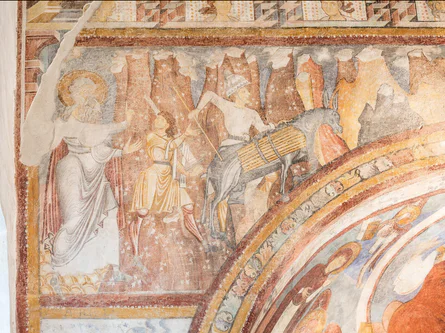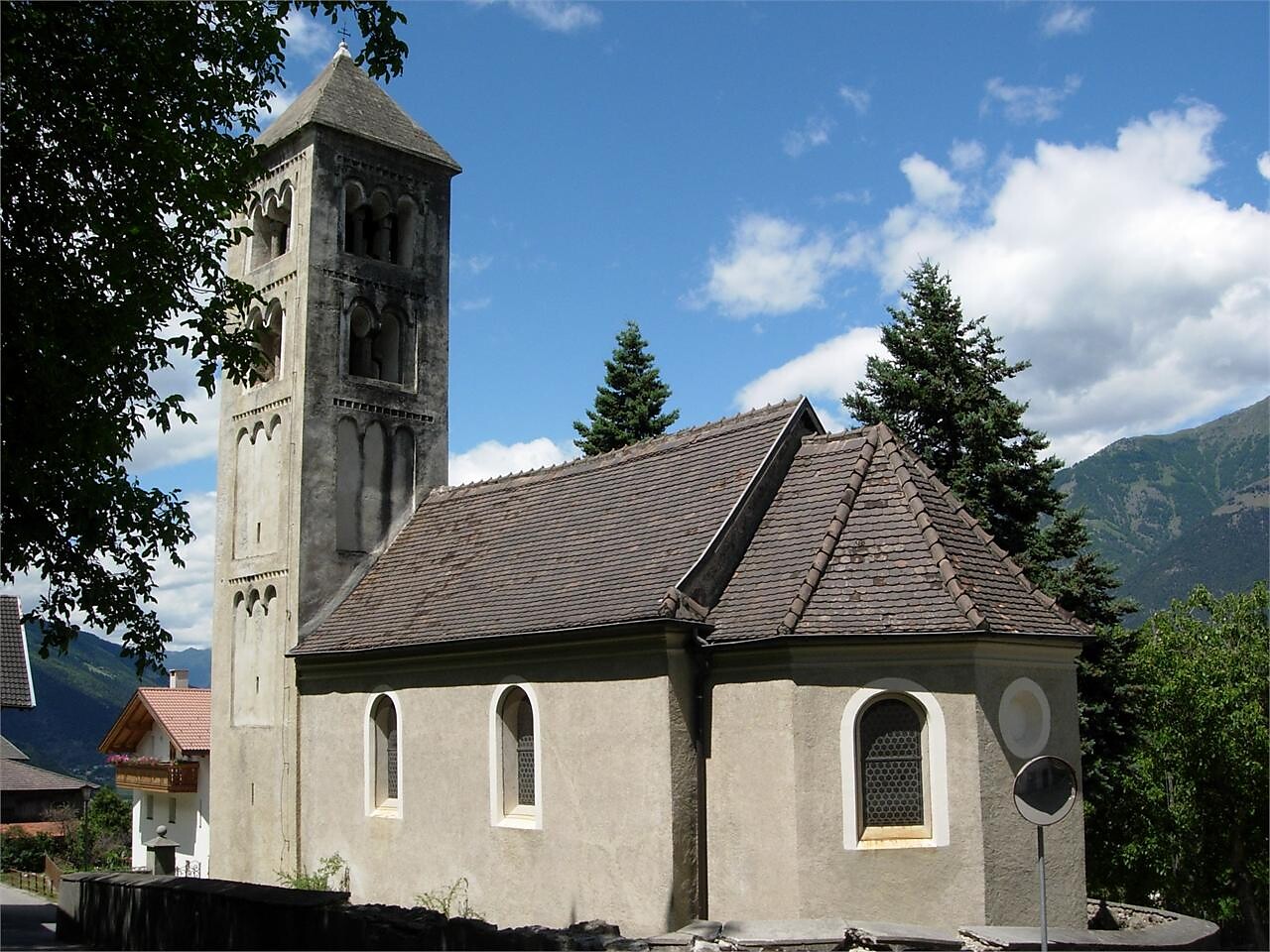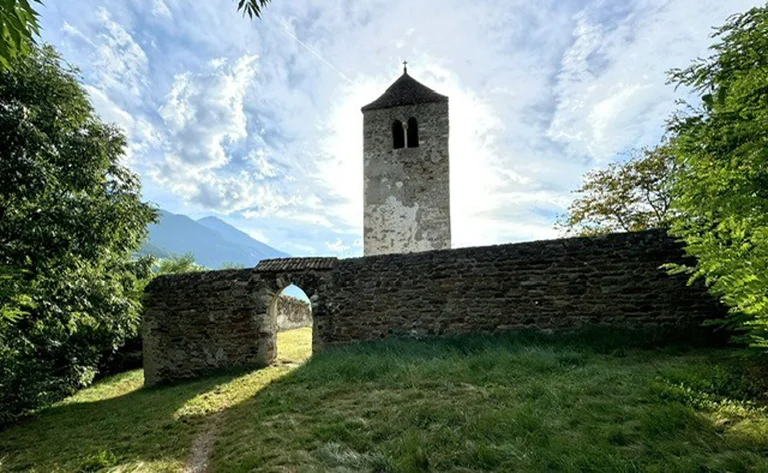Zwiedzając 31 wyjątkowych miejsc wzdłuż Alpejskiej Drogi Sztuki Romańskiej - Schodów do Nieba między Południowym Tyrolem a kantonem Gryzonia, nadal można odkryć szczególne cechy sztuki i kultury tamtych czasów, w tym jej charakterystyczne symbole i elementy budowlane. Zachwyć się zarówno małymi, nieznanymi obiektami kulturalnymi, jak i większymi, bardziej znanymi miejscami, takimi jak zamek Schloss Tirol, klasztor św. Jana w Müstair i opactwo benedyktyńskie Marienberg. Romański był czymś więcej niż tylko stylem artystycznym, był duchową ideą wyrażoną przez budynek, obraz lub rzeźbę. Architektura i kosmos obrazów zostały zaprojektowane jak świątynia, każda inspirująca drugą w swojej monumentalności. W kościołach odkrywano mityczne stworzenia, syreny, centaury i pożerające kolumny demony. Zgodnie z ówczesnym światopoglądem, stworzenia te zamieszkiwały strefy peryferyjne płaskiego dysku Ziemi i ilustrowały kontrast między boskim porządkiem a ludzkim chaosem. Podziwiaj freski malarzy, którzy w tamtych czasach byli nieznanymi rzemieślnikami. Tacy rzemieślnicy pracowali w służbie czegoś poza sobą i stworzyli ilustrowany teologiczny kosmos dla swoich pracodawców.
According to a 6 m-long inscription preserved in the presbytery, this simple, rectangular church with round apse in the east, was consecrated on 12 May 1142. It was painted around 1210 with outstanding and historically important Romanesque frescoes, which, among other things, show the planned sacrifice of Isaac by Abraham against a mountain backdrop. After the incorporation of the tower in around 1380, the church was decorated with Gothic paintings inside and also externally on the south wall. A wooden statue of St. James from 1520 which was revamped in 1610, and two Baroque altars on the west wall, can also be seen. Below the church there is a shrine with simple but expressive pictures from the period around 1440.
































































































































